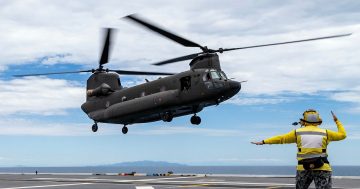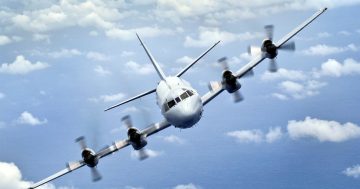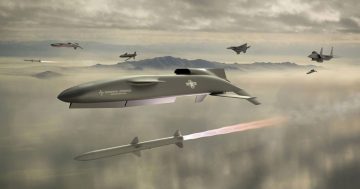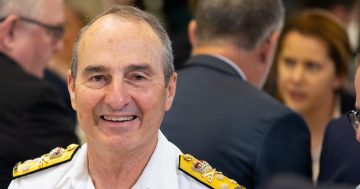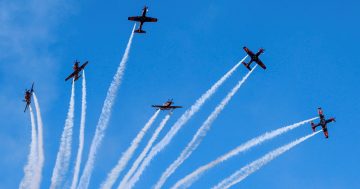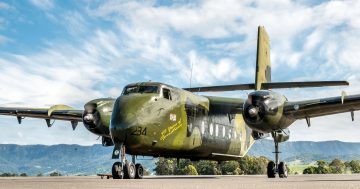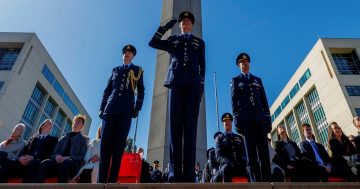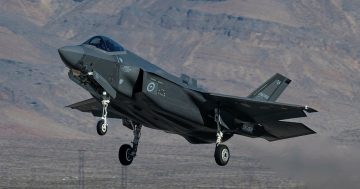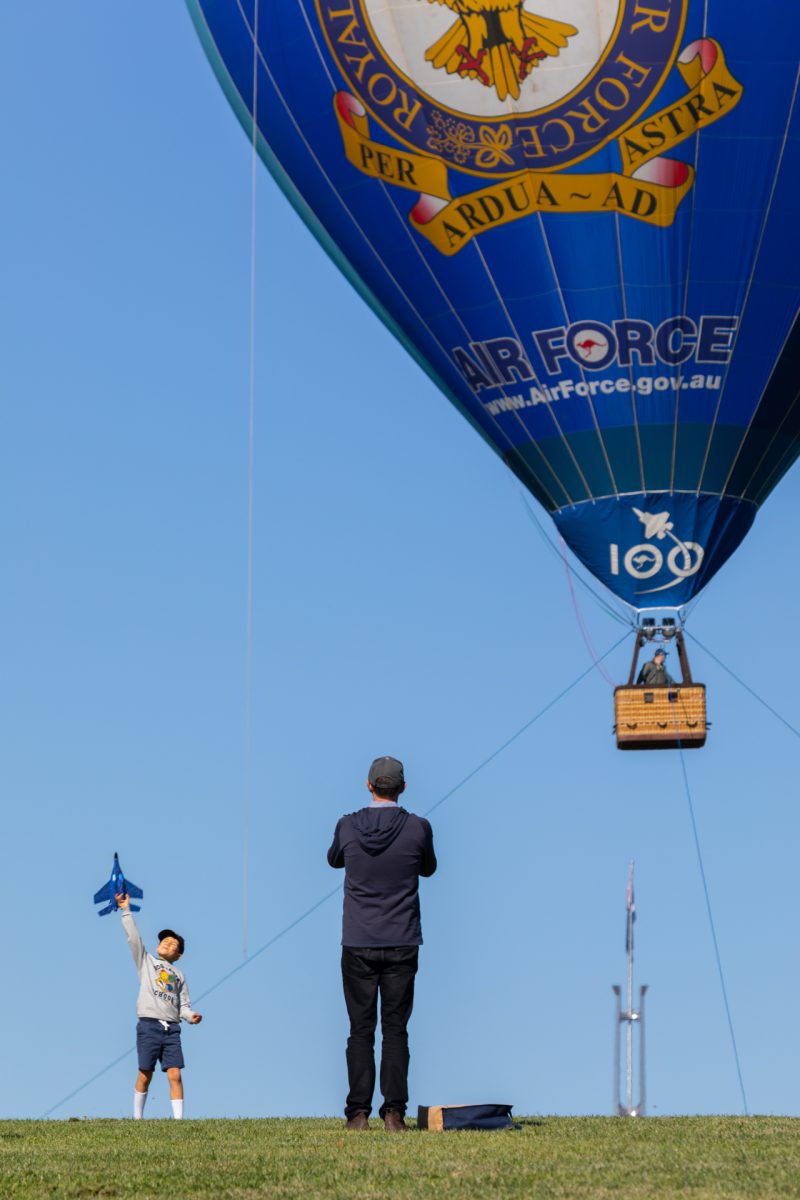
A young aircraft enthusiast ready for take-off during the Air Force’s centenary flypast today (31 March). Photo: Michelle Kroll.
Today (31 March), thousands of Canberrans took time out to enjoy a spectacular flypast of aircraft as the Royal Australian Air Force celebrated its centenary.
While roads around Lake Burley Griffin were clogged, the skies were clear as many took time off work and school to see the historic flypast (see more images in our gallery below).
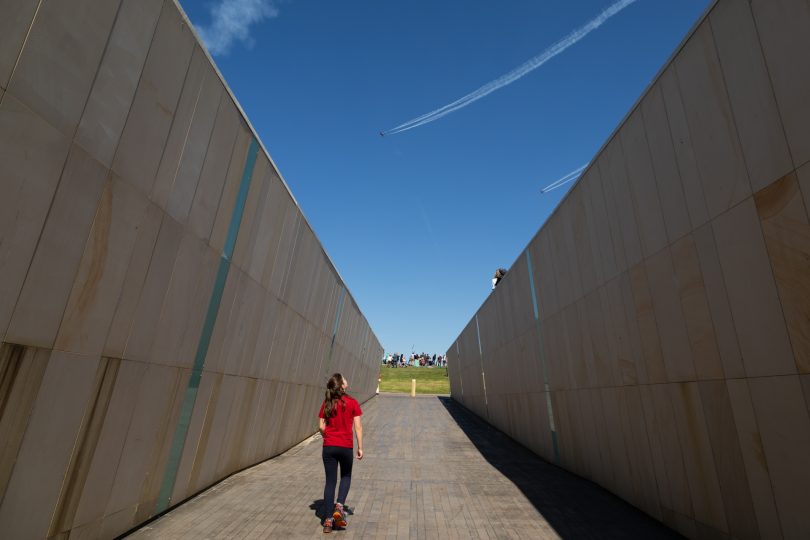
One of the many school children looks skyward at the flypast to mark the Air Force centenary. Photo: Michelle Kroll.
Earlier this week, Canberra historian Martin James held a file from the early 19th century that told a part of the story of how the Royal Australian Air Force (RAAF) first took flight.
The handwritten report by Henry Petre detailed the flight of a group of Australian Flying Corps aviators in Mesopotamia in May 1915. Petre, a solicitor in London and keen pilot, turned his back on the legal profession to help establish the Central Flying School in Australia where he taught the aviators and Air Marshal Sir Richard Williams how to fly.
Air Marshal Williams is widely regarded as the founding father of the Royal Australian Air Force, which today, 31 March, celebrates its centenary, with Canberra the centrepiece of a flypast of more than 60 aircraft from all eras of the RAAF.
Martin says holding these incredible pieces of history make his job as RAAF historian all the more rewarding.
“Richard Williams was Air Force’s first Chief Flying Officer,” he recalls. “When we tried to establish military aviation, we didn’t have any aircrew so they had to recruit from overseas and Henry Petre and a guy named Eric Harrison applied.
“Henry Petre had more experience so for a long time he was our most senior pilot.
“They taught Richard Williams how to fly and he, of course, went on to become the Chief of Air Staff when the RAAF was formed.”

Royal Australian Air Force historian Martin James sitting in an A-20 Boston WWII aircraft at the RAAF Museum. Photo: Supplied.
In a digital world, Martin says there is still no substitute for finding a dusty old file with the information he is looking for.
“The thing I love most is finding that connection with the past, and sometimes that will be discussions on the good and the bad about aeroplanes, or trying to reshape our thinking and understanding of how an air strategy can be applied,” he says. “It’s not all about the aircraft.”
Martin joined the Air Force as an aircraft technician 42 years ago and has had a natural love of aircraft ever since. Like the Air Force’s founding fathers, he has been a flying instructor and also an engineer.
Now, as a custodian of information, he says he has a fondness for the Canberra bombers that flew out of RAAF bases Amberley, near Brisbane, and Butterworth, in Malaysia, during the Vietnam War.
“I’ve probably worked on every type of aircraft the Air Force was operating back then so I feel an affinity with them all, but the Canberra bombers were the first I worked on and was the RAAF’s first jet bomber which was almost untouchable in its day,” he says.
“The F-35 [from the Joint Strike Fighter program] is also very exciting for what it brings into the air domain by how it communicates with other aircraft.”



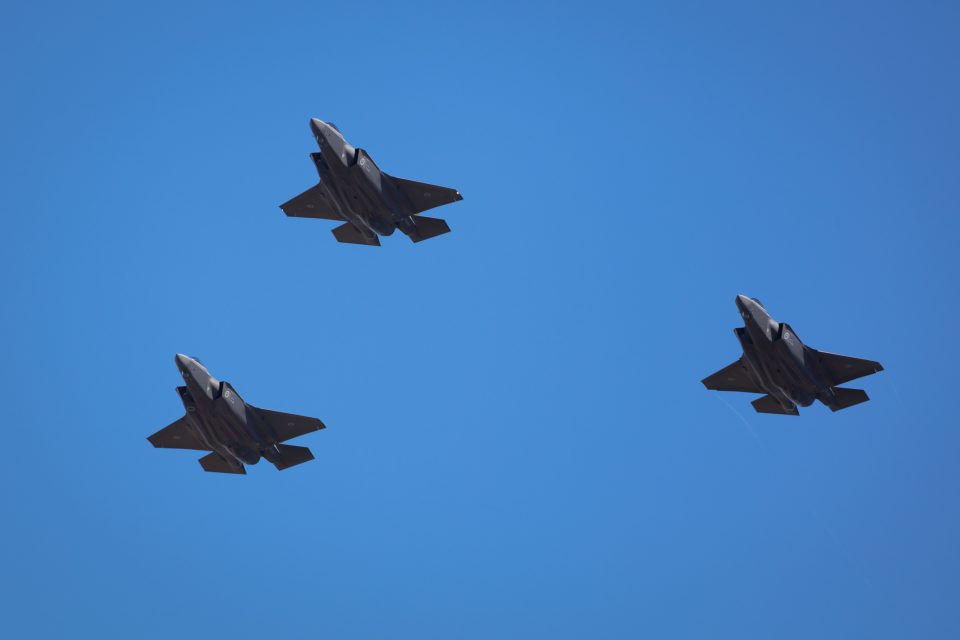
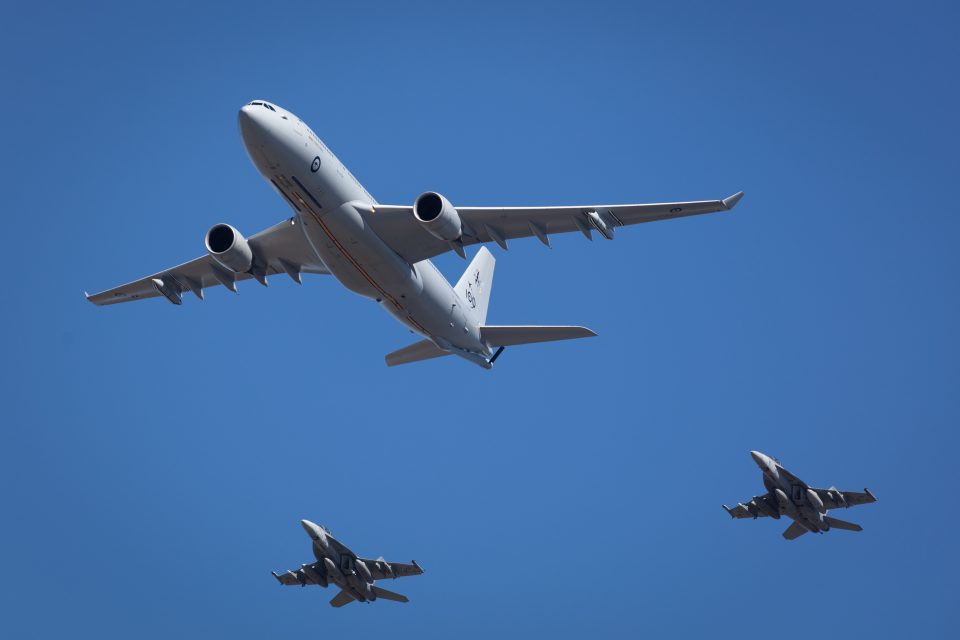

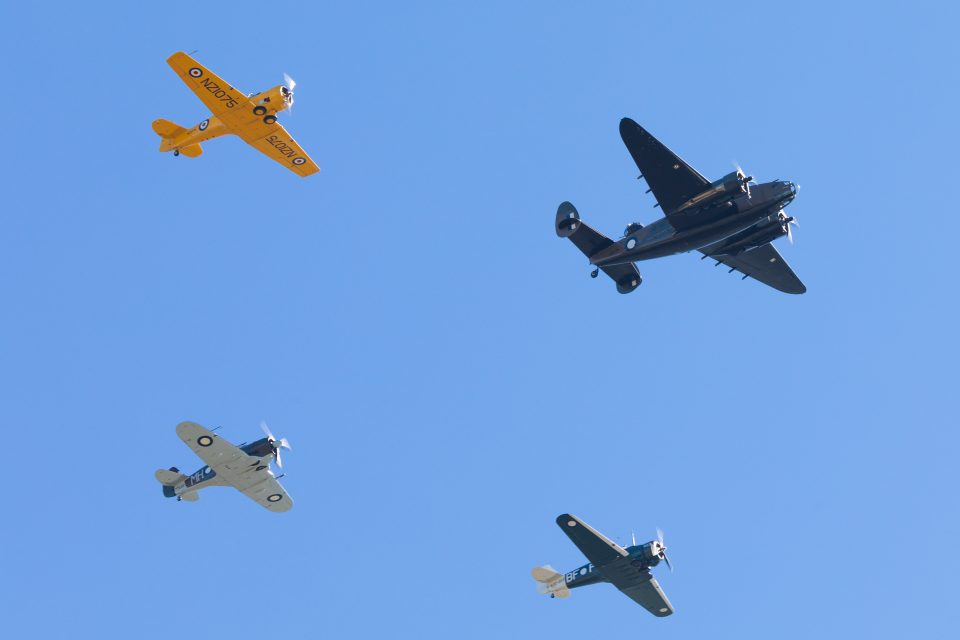
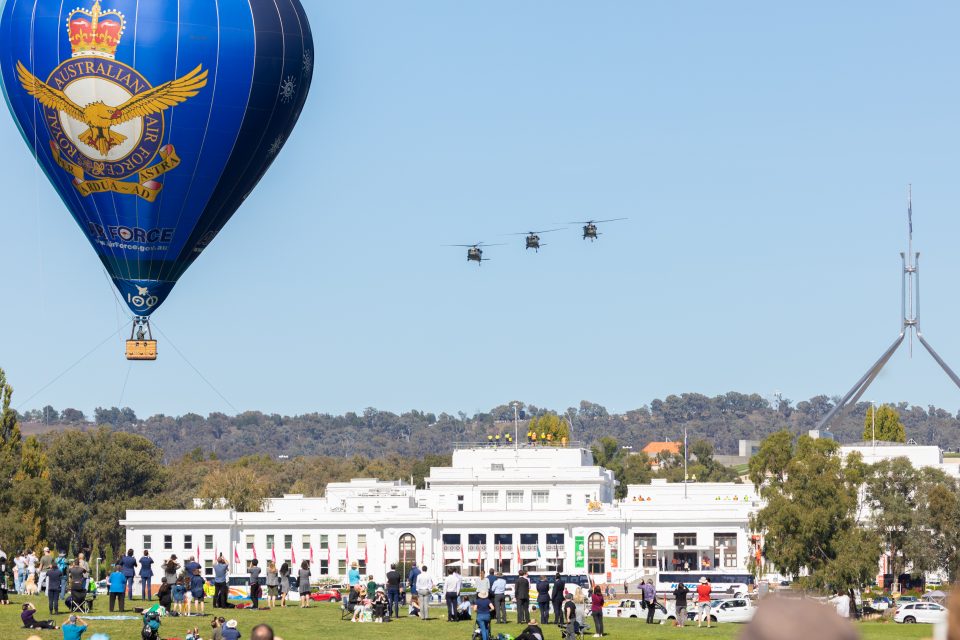

Martin says a huge part of his job now is to bring dusty archives into the digital era, which is also reducing the time to find them via algorithms and engines far smaller than those that power military aircraft.
“I imagine there will be a generation, if not already, who won’t look at hard-copy records as they are far more connected with the digital medium than ever,” he says.
“For me, I still love that natural inquisitiveness for finding something that changes our way of thinking – even now as I work on a manuscript about Air Force operations from those early days before World War I to the Chief of Air Force’s speech during today’s centenary [31 March].
“I have to put a full stop to it somewhere and that seems like the logical place.”












